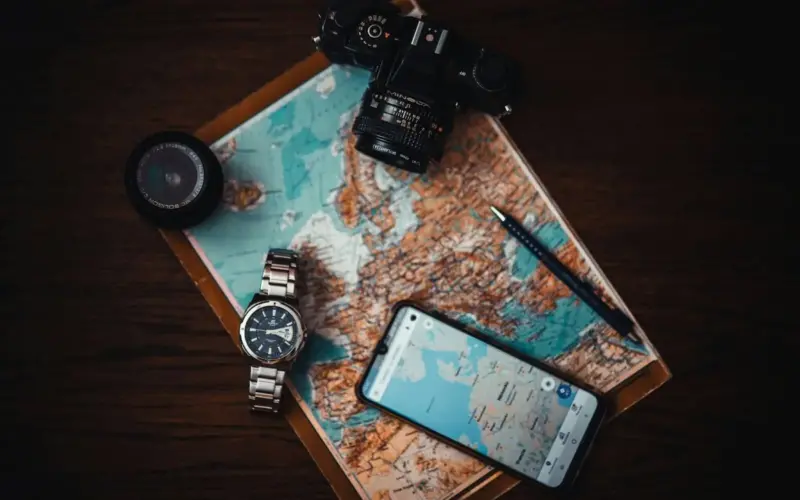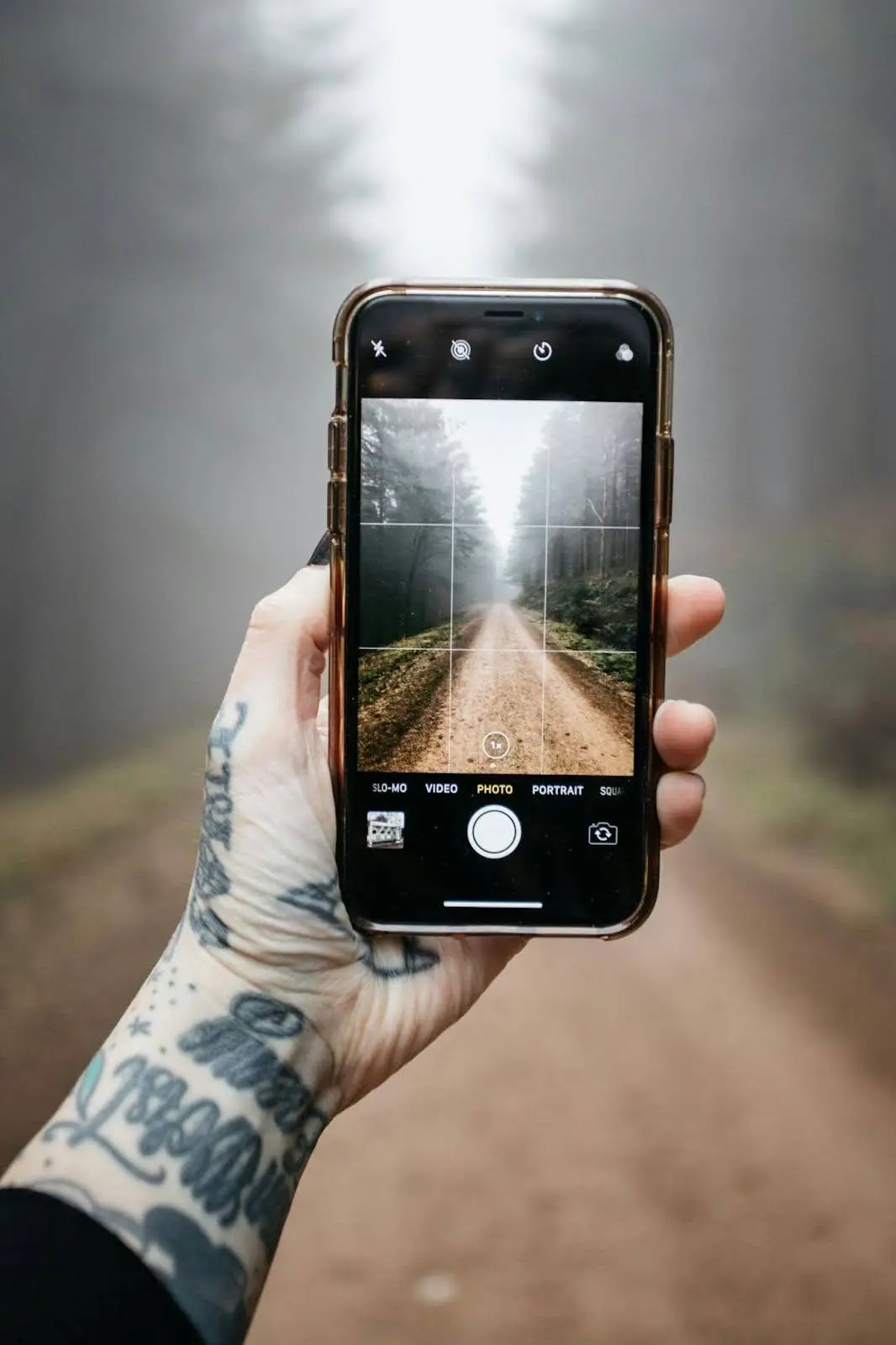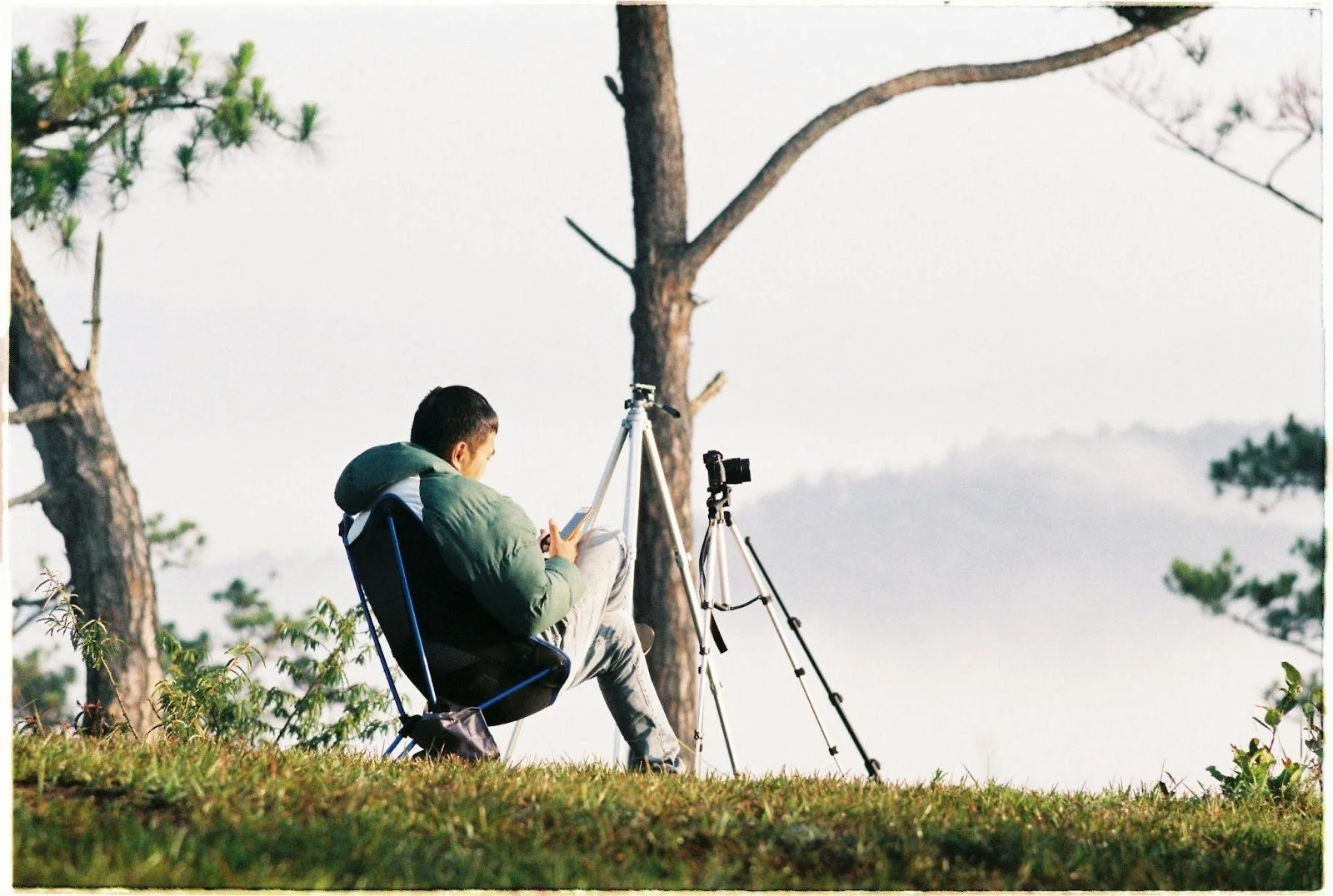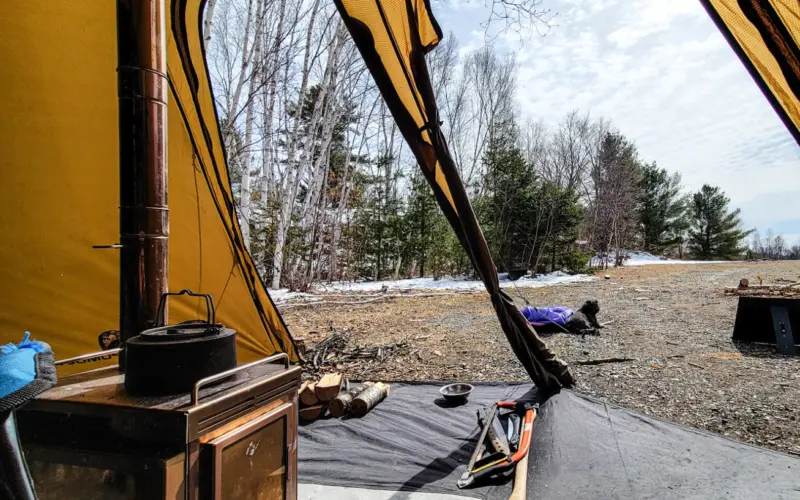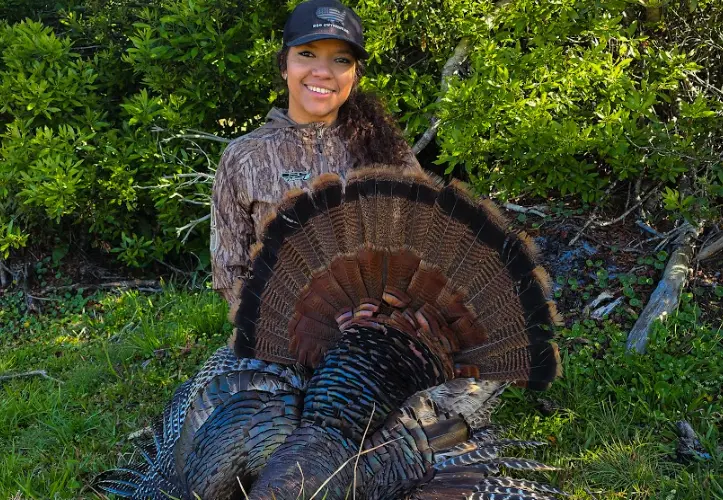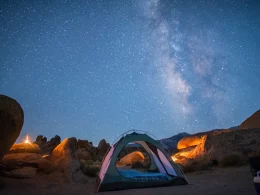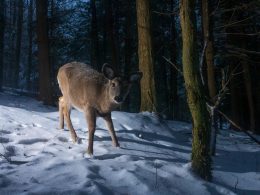Nature photography offers campers a unique opportunity to capture the sheer beauty and transient moments of the wild, from the serene sunrise over a misty lake to the bustling life of the forest undergrowth. Yet, many enthusiasts hesitate to venture into this form of art, fearing the technical challenges or the need for expensive equipment.
However, the advent of modern technology, especially the high-quality cameras available in smartphones, has made photography more accessible than ever, opening the door for every camper to immortalize their outdoor adventures without the burden of professional gear.
This guide will arm you with some tips and techniques to help you capture those stunning images that you see when you’re out in the backcountry on a wilderness adventure.
Table of Contents
Embracing Your Smartphone Camera
Dispelling the long-standing myth that quality photography is the exclusive domain of professional cameras, it’s important to recognize how smartphone sensors have evolved remarkably. Today, the gap between smartphone imagery and DSLR or mirrorless camera photos is narrowing, with smartphones capable of producing competitively stunning images.
The advantage of utilizing a smartphone lies in its portability, efficiency, and powerful editing capabilities available right at your fingertips. Unlike the bulky and expensive nature of professional gear, carrying your smartphone allows for an unencumbered experience, enabling you to capture spontaneous moments of beauty without the hassle.
I use my smartphone camera more often than my actual camera when I’m out in the bush. The amount of time I can spend fidgeting with lenses and settings can be instead used to capture the images as they are happening.
This approach not only simplifies the photographic process but also allows you to focus on the shot instead of whether or not your gear will get damaged trying to get the photograph. Plus, it substantially reduces the weight of your pack for the trip.
Essential Gear for the Novice Nature Photographer
Venturing into nature photography, especially with the convenience of a smartphone, doesn’t require a heavy investment in gear. However, a few select accessories can significantly enhance the quality of your images.
- Tripod: Lightweight and portable, a tripod is essential for stabilizing your shots, particularly in low light conditions or when capturing landscapes.
- Gimbal: For those interested in videography, a gimbal can provide smooth, cinematic motion, making your videos appear professionally shot.
- Portable Battery Bank: Another indispensable accessory is a portable charger; being in nature often means being away from power outlets for extended periods, and a charger ensures your smartphone is always ready to capture those unexpected moments.
- Other Accessories: Don’t forget to carry a microfiber cloth to keep your lens clean from dust and fingerprints, and a rubber bulb blower is invaluable for removing debris from your camera without scratching the lens.
It’s also important to protect your equipment with some kind of waterproofing. This could be a case that is made for your device or something as simple as a plastic bag. I’ve photographed in really bad rain storms using a simple plastic bag to cover my camera.
These tools may not seem like much but they play a specific role in keeping your camera (or smartphone) clean so that you can continue to take incredible shots.
What to Photograph in the Great Outdoors?
In the vast expanse of the great outdoors, nature offers an endless canvas for photographers. There are three main genres that you could easily find subjects for while you’re out camping.
- Focusing on macro photography allows you to capture the intricate details of natural elements up close, from the delicate veins of a leaf to the morning dew on a spiderweb.
- Landscape photography, on the other hand, encompasses the broad vistas of nature, inviting you to frame the majesty of mountains, serene lakes, or sweeping valleys.
- Wildlife photography brings you face-to-face with the animal kingdom, capturing fleeting moments of animals in their natural habitat. Identifying compelling subjects is key, whether it’s the flora blossoming in spring, the fauna that roams the land, or the changing moods of water bodies.
Another approach would be to photograph the same camp spot in different seasons. Each season transforms the landscape into a new masterpiece; a forest that shimmers in the summer sun can turn into a mystical land under the blanket of winter snow. This offers diverse perspectives on the same scene.
Mastering the Art of Composition
Composition in photography is crucial in translating the beauty of the great outdoors into a frame that captures the viewer’s attention and emotion. Mastering the art of composition allows photographers to present nature in its best light, transforming ordinary scenes into captivating images. Two fundamental techniques in achieving compelling compositions are the rule of thirds and the use of leading lines.
- Rule of Thirds: This principle involves dividing the image using two horizontal and two vertical lines, creating nine equal sections. Placing the subject at the intersections or along these lines makes the photo more balanced and encourages viewers to interact with it more naturally.
- Leading Lines: These are lines within the image that lead the viewer’s eye toward the main subject. It could be a winding river, a path through the woods, or a row of trees. Leading lines create a sense of depth and perspective, guiding the viewer through the photograph.
Employing these techniques effectively enhances the visual impact of your photographs. But composition doesn’t end there. Incorporating elements like framing, where you use natural surroundings to encase the main subject, and experimenting with perspective, such as shooting from a low angle to make a flower seem larger than life, can add layers of depth and intrigue to your nature shots.
Together, these composition strategies empower photographers to craft images that resonate with the essence of the great outdoors, inviting viewers to linger longer within each frame.
The Magic of Golden Hour
The golden hour, occurring just after sunrise or before sunset bathes the landscape in a warm, soft light that is highly prized by photographers for its beauty and versatility. This magical lighting condition adds a golden hue to the scene, creating depth, enhancing textures, and imparting a dreamlike quality to photographs.
To make the most of the golden hour, planning is key. Check the local sunrise and sunset times, scout your location in advance, and arrive early to set up. If you’re camping at your location then all you need to do is roll out of bed and get ready to take some photos. You’ll have to be quick though as golden hour tends to come and go like the wind.
Respect for Nature: Ethical Photography Practices
While capturing the breathtaking beauty of the great outdoors, you’ll want to practice ethical photography by minimizing its environmental impact and leaving no trace behind.
This respect for nature ensures that the landscapes and wildlife we treasure today will continue to thrive and be available for future generations to enjoy and photograph.
To minimize your impact, avoid trampling undergrowth or disturbing natural habitats. Feel free to travel unmarked paths as long as you are allowed and you can find your way back to camp. Being quiet and unobtrusive in the bush not only helps to preserve the tranquility of the natural environment but also increases your chances of observing wildlife in their natural behaviors for truly authentic shots.
When photographing wildlife, it’s vital to maintain a safe distance to avoid causing stress or harm to the animals. Use long lenses or the zoom function on your phone to capture close-up shots without intruding into their space.
Never bait or call out to attract wildlife; patience is key in waiting for natural moments to unfold. There is nothing more intrusive than a bunch of vehicles or bystanders crowing at an animal just so they can get the photograph they were looking for.

Final Thoughts
We’ve explored the unique opportunities that camping provides for photography enthusiasts, from capturing the elusive golden hour with ease to the importance of practicing ethical photography to preserve the natural beauty around us. We’ve highlighted the significance of being prepared, respecting nature, and minimizing our environmental impact to ensure that the breathtaking landscapes and wildlife continue to thrive for future generations to admire and photograph.
Now it’s your turn to take your camera on your next camping adventure, armed with this knowledge and a healthy respect for the outdoors. There’s a whole world out there waiting to be captured through your lens. Explore, observe, and document the beauty of nature, but remember to do so responsibly. Happy shooting!

